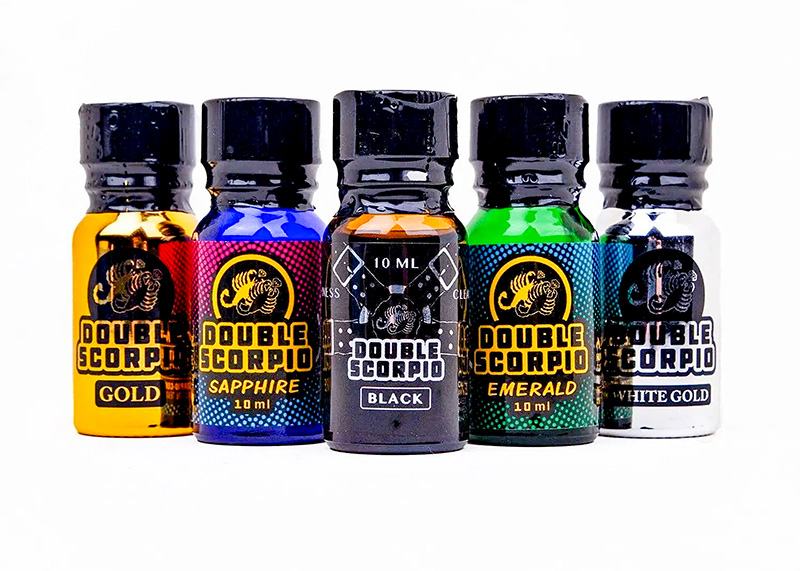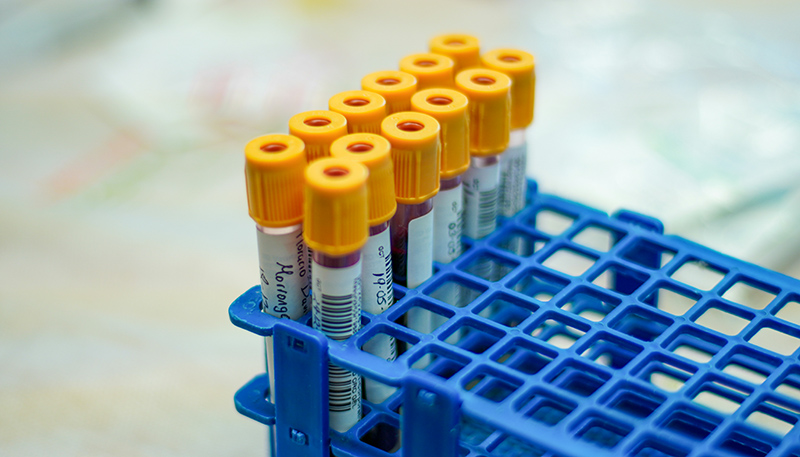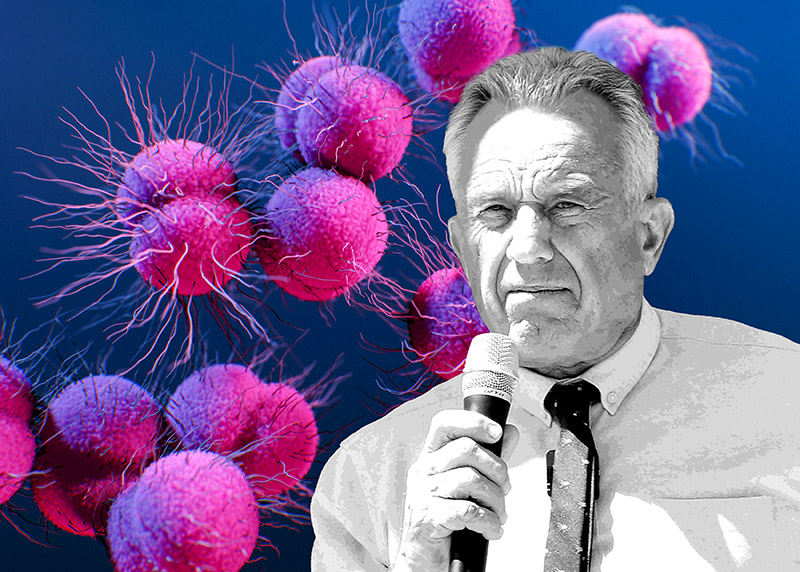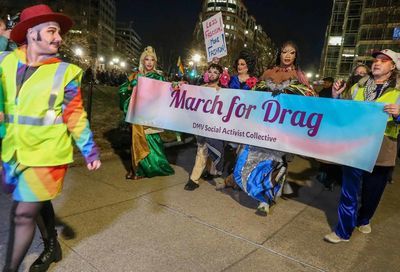New HIV Infections Drops Due to Increased PrEP Use
The number of new HIV infections has dropped from five years ago, with experts pointing to increased PrEP use as the primary reason.

The number of new HIV infections in the United States have dropped in recent years, according to a new report from the Centers for Disease Control and Prevention (CDC).
The CDC estimates that there were about 32,000 new HIV infections in 2021, representing a 12% drop from 2017.
During that same timeframe, annual infections were reduced by more than twice as much — dropping 34% — among gay and bisexual men aged 13 to 24.
The decrease in infections among that subgroup accounted for more than half of the overall drop in new infections.
The decrease in new HIV infections was more prominent among young white gay and bisexual men, compared to their Black and Hispanic peers — underscoring continued disparities among various racial groups in prevention and treatment.
Much of the decrease appears to be attributed to increased use of pre-exposure prophylaxis — PrEP, a daily pill that can prevent transmission of HIV.
PrEP increased from being used by 13% of those eligible for it in 2017 to 30% of those eligible for it in 2021.
However, the majority of that increase was driven by white people who were eligible for PrEP due to their sexual behavior, 78% of whom were written a prescription for the daily medicine in 2021, compared to only 11% of eligible Black people and 20.5% of eligible Latinos.
The CDC estimates that about 1.2 million people in the United States have HIV, but about 1 in 8 are unaware of their status, usually due to reticence around getting tested or lack of access to health care services.
Awareness of one’s status is especially low among young people, who represented about 15% of total new infections in 2021, reports CNN.
Additionally, the CDC finds that only two-thirds of those living with HIV receive regular medical care, and only 58% have achieved viral suppression, which helps prevent transmission of the virus to others.
In order to end the epidemic in the United States, that latter number would need to rise to 95%.
“Our nation’s HIV prevention efforts continue to move in the right direction,” CDC Director Dr. Rochelle Walensky said in a statement. “Longstanding factors, such as systemic inequities, social and economic marginalization and residential segregation, however, stand between highly effective HIV treatment and prevention and people who could benefit from them. Efforts must be accelerated and strengthened for progress to reach all groups faster and equitably.”
The CDC noted in the report that the COVID-19 pandemic affected testing, treatment, and case surveillance for those diagnosed with HIV, which resulted in a temporary drop in new diagnoses in 2020.
There were improvements between 2020 and 2021, as evidenced by the rebound of new cases, indicating that surveillance efforts had improved.
However, some jurisdictions, especially those with limited funding for sexual health services, continue to lag behind their counterparts in testing and surveillance.
“In 2021, some jurisdictions’ levels of HIV testing, diagnoses, and treatment remained below pre-COVID-19 levels,” the CDC report notes. “Increasing testing efforts and innovative strategies to reach people with undiagnosed HIV are needed to offset this diagnosis gap.”
HIV advocates expressed cautious optimism at the overall drop in new HIV diagnoses but concern over disparities based on race and other characteristics.
“It appears that our investments in HIV prevention are providing some positive results, but the persistent high number of new diagnoses and the low usage of PrEP among the communities most impacted by HIV point to the need for increased resources, particularly for a national PrEP program,” Carl Schmid, the executive director of the HIV+Hepatitis Policy Institute, said in a statement.
The HIV+Hepatitis Policy Institute noted that while President Biden’s fiscal year 2024 budget proposal includes an increase of $277 million, for a total of $850 million, to accelerate efforts to end the HIV epidemic by 2030, current calls for deep cuts in domestic spending could jeopardize those efforts, increasing the number of new infections in subsequent years and prolonging the epidemic.
Biden has also proposed a ten-year $9.7 billion national PrEP program, focusing on expanding the number of grantees conducting PrEP outreach, especially to communities where PrEP intake remains low.
Advocates continue to impress upon policymakers that, in addition to increased PrEP use, the federal government has a role in ensuring funding to help HIV-positive people achieve viral suppression.
That means money must continue to be allocated to HIV testing and prevention programs, as well as the Ryan White HIV/AIDS program, which links low-income individuals living with HIV with the antiretrovirals needed to keep the disease in check and reduce the chance of spreading HIV to others.
Support Metro Weekly’s Journalism
These are challenging times for news organizations. And yet it’s crucial we stay active and provide vital resources and information to both our local readers and the world. So won’t you please take a moment and consider supporting Metro Weekly with a membership? For as little as $5 a month, you can help ensure Metro Weekly magazine and MetroWeekly.com remain free, viable resources as we provide the best, most diverse, culturally-resonant LGBTQ coverage in both the D.C. region and around the world. Memberships come with exclusive perks and discounts, your own personal digital delivery of each week’s magazine (and an archive), access to our Member's Lounge when it launches this fall, and exclusive members-only items like Metro Weekly Membership Mugs and Tote Bags! Check out all our membership levels here and please join us today!
























You must be logged in to post a comment.